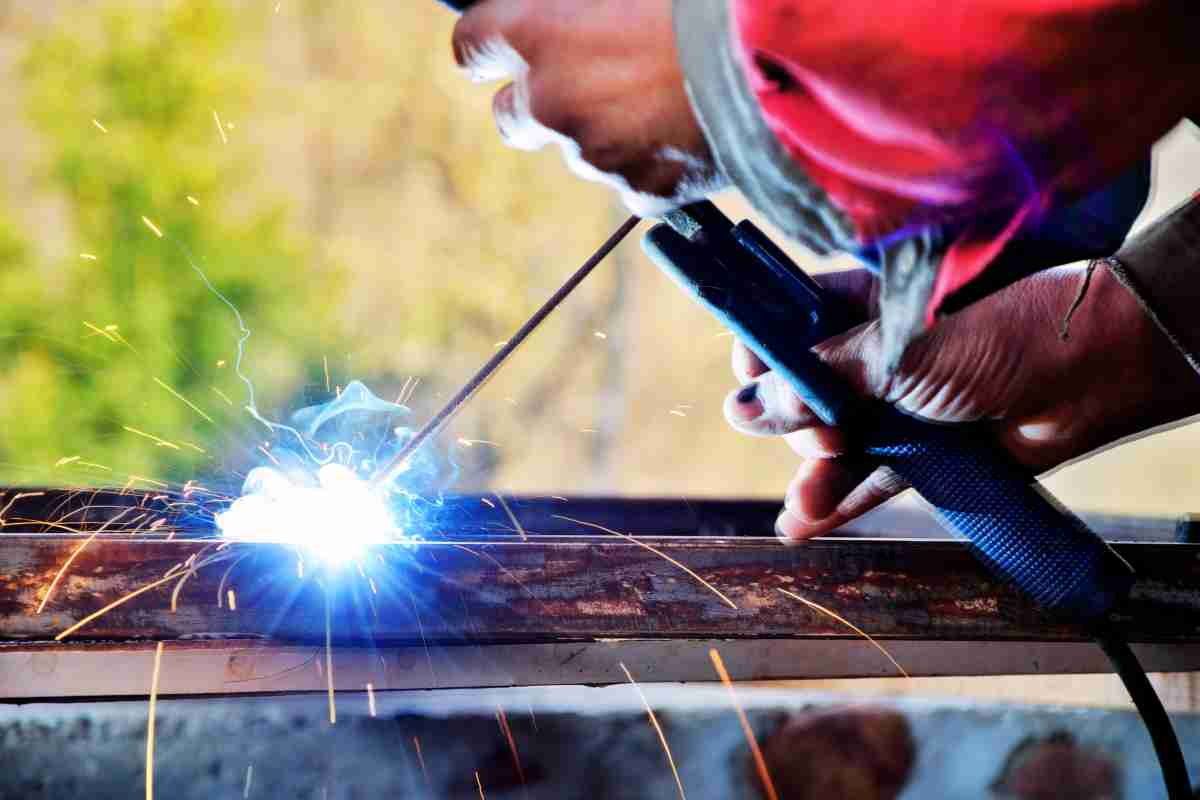7 Indoor Pollutants You Should Be Careful About!
The unfortunate truth is that these pollutants and allergens are present in almost every household no matter how spotless it looks. Find out how!


With outdoor pollution reaching alarming rates, its time people understood that air pollution indoors is also a big health concern in all major Indian cities. Elements like smoke, chemicals, and other biological and chemical pollutants like living organisms, allergens, and VOCs can make the air inside our homes toxic. The unfortunate truth is that these pollutants and allergens are present in almost every household no matter how spotless it looks.
We at HomeTriangle believe that it’s very important to take necessary precautions to improve the indoor air quality by minimizing or eliminating the entry of such pollutants into our homes. Here’s HomeTriangle’s guide to help you understand and identify the different sources of indoor pollution and take minimize their effects.
1. Dust
Opening windows is very important because that brings natural light and fresh air into our homes. But they are also a major entryway for dust and outdoor pollutants like smog into your home. We suggest you open your windows during the morning hours and close them soon after, vacuum and dust the house regularly. Air purifiers with HEPA (high-efficiency particulate air) filters can trap a majority of dust particles and pollutants. These measures are quite effective at improving air quality in your home.
2. Smoke From Kitchens
A major source of pollution in our homes is the smoke that is generated from cooking. A proper ventilation system, an exhaust fan, and a chimney are very important to prevent the accumulation of any kind of pollutants within the kitchen and it’s surrounding areas. If you’re having a barbecue party, we highly recommend placing them in outdoor areas.
3. Mold And Dust Mites
Mold thrives in areas with high humidity, dark spaces, or dampness. These are all ideal conditions for mold growth. Bathrooms, flooded basements, damp carpets, attics, and leaky pipes are areas in your home most susceptible to mold growth.
Beds, pillows, heavy mattresses, curtains, and fabric-upholstered sofas and chairs are all vulnerable to dust mites and they feed on dead skin cells, fungi, bacteria, and pet dander. The biological waste from dust mites adversely affects indoor air quality.
Dust mites and mold can be considerably reduced with a good ventilation system. Vacuum cleaning sofas and mattresses with a powerful suction at least once a month is can remove any dust mites. If possible (mattresses are very heavy), occasionally sun the mattress and pillows, and beat or shake them. Turn and flip mattresses regularly, to make sure they are used evenly.
4. Pet Dander
Dander or skin flakes released when pets like dogs and cats shed their hair are also another indoor pollutant you should be aware of. We suggest you clean and mop the floors twice a day, regularly damp-wipe the walls from top to bottom, and vacuum-clean your sofas and beds regularly. While it might not be possible to fully eliminate dander, these steps can help control its spread.
5. Pollen Grain
Pollen grains present in plants is a major cause of seasonal allergies. Open windows, doors, balconies, outdoor sitting areas, shoes, and clothes can pave the entryway for pollen. If you suffer from pollen allergies, it’s best to have windows and doors closed during the summer and spring seasons. Keep footwear, raincoats, and umbrellas in your entrance foyer to prevent the spread of pollen into your main living spaces.
6. Tobacco Smoke
It’s common knowledge that burning cigarettes and exhaled tobacco smoke releases a wide range of harmful chemicals into the air. So we highly recommend that you limit smoking to outdoor areas, especially if you have kids around. You should also ensure to reduce the concentration of pollutants within interior spaces by preventing any build-up of harmful chemicals through proper cross ventilation.
7. VOCs (volatile organic compounds)
VOCs or Volatile Organic Compounds are hazardous compounds released by common household items such as scented candles, perfumes, hairsprays, furniture polish, glues, air fresheners, mosquito repellents, nail polish removers, and cleaning agents. A lot of health problems such as skin irritation, in some cases even carcinogenic can be caused by VOCs. To minimize the level of VOCs within your home, opt for organic or natural-based household cleaners and pest repellents, and use natural oils as room fresheners.
Read 8 Indoor Plants That Can Dramatically Improve Your Health about some of the indoor plants that can actually purify air pollutants such as mold spores, bacteria, and other microorganisms and VOCs such as benzene, formaldehyde, xylene, toluene, etc.




Comments ()